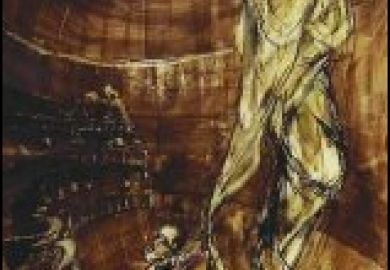A special edition of Mary Shelley’s Frankenstein draws out comparisons between pre-Victorian science and the modern-day research endeavour.
The new edition, which is annotated and contains short essays on science and society, has been produced by academics at Arizona State University as one of a series of events to celebrate the 200th anniversary of the novel’s publication.
The annotations draw out the possible relationships between the idea of the creation of life explored in the book and current agendas in artificial intelligence and synthetic biology.
One philosophical essay discusses the concept of “technical sweetness”, which sees scientists and engineers caught up pursuing their work at all costs. It makes comparisons between the motivations of the book’s main character, Victor Frankenstein, in creating his monster and those of the scientists who developed the atomic bomb at the Los Alamos National Laboratory.
"Some scientists and engineers think things are so sweet and interesting that they get wrapped up in the solving of the problem rather than considering what the larger consequences might be," said lead editor David Guston, director of the School for the Future of Innovation in Society at Arizona State.
Another of the seven essays looks at how gender influences the relationships in the book.
The edition includes 120 notes for the text written to clarify and elucidate the story, and a timeline of Shelley’s life juxtaposed with events in the history of science. The editors’ aim is to reimagine the classic story for secondary school and university students studying science, technology, engineering and mathematics subjects.
Professor Guston said that the idea of aiming the book at this audience came about after a colleague pointed out that Frankenstein was a science student in the story and that Shelley was 18 when she started writing it.
“Part of the intention of this edition is to bring this author and this character, people who were still very much learning things but had provocative and powerful ideas, to contemporary colleagues,” he said.
The new edition of the book is one of a number of Arizona State initiatives celebrating its bicentenary, which also include an art science festival and an online resource that gives people the chance to understand more about science and society concepts.
Register to continue
Why register?
- Registration is free and only takes a moment
- Once registered, you can read 3 articles a month
- Sign up for our newsletter
Subscribe
Or subscribe for unlimited access to:
- Unlimited access to news, views, insights & reviews
- Digital editions
- Digital access to THE’s university and college rankings analysis
Already registered or a current subscriber?







